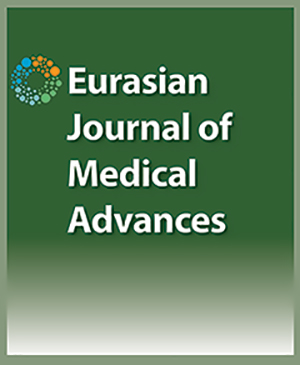

Double Trouble: Challenges of Cancer Care in the Philippines during the COVID-19 Pandemic
Frederic Ivan L. Ting1, Gracieux Y. Fernando21Division of Medical Oncology, Department of Medicine, University of the Philippines - Philippine General Hospital, Manila, Philippine, 2Division of Medical Oncology, Department of Medicine, University of the Philippines - Philippine General Hospital, Manila, Philippine University of the Philippines – Philippine General Hospital,
Cancer care during the COVID-19 pandemic poses many challenges. This article describes these challenges in low and middle income countries such as the Philippines. It is a given fact that delays in the treatment of patients with cancer lead to poorer prognoses.1-2 However since COVID-19 was declared a pandemic by the World Health Organization last March 11, 2020, various organizations including the American Society of Clinical Oncology (ASCO)3 and the European Society of Medical Oncology (ESMO)4 issued resources advising clinicians to postpone routine follow-up visits of patients not on active cancer treatment and advocated telemedicine in place of clinic visits to limit face to face contact and the risk of possible viral transmission. But how about cancer patients with active treatment? How do we prioritize them? A clinical guideline used in Ontario ranks patients who are being treated with aggressive tumors (eg. leukemias, lymphomas, etc), patients with life-threatening situations (eg. leukemic leukostasis or medical emergencies such as febrile neutropenia and hypercalcemia) and patients already receiving treatment as top priority to be seen at the clinic.5 For oncology clinics that continue to operate during this pandemic, the first challenge would be similar to what the other countries all over the world is facing and that is making sure safety precautions are in place to ascertain the safety of both patients and health care providers. These include controlling foot traffic to the treatment facility by limiting one entry / exit point, setting up a triage or screening system to assess all patients before they come in, strictly enforcing social distancing, wearing of the appropriate personal protective equipment (PPE), proper handwashing, and decongesting clinic schedules as much as possible among others. Another challenge for low-middle countries like the Philippines, where most of the treatment institutions are centered in the urban area of Metro Manila, is the absence of public transportation due to the national government’s declaration of an enhanced community quarantine to control the viral spread.6 Furthermore, majority of the out-patient clinics of the tertiary hospitals that specialize in cancer treatment are also closed since most of the hospital efforts including logistics and manpower are channeled towards the treatment of COVID-19 patients. Emphasis should also be given to the heath care workers who are considered the true irreplaceable assets of this battle against COVID-19. Not only are they working tirelessly in 12 to 36-hour shifts, they likewise are not able go home to their families after work because they have to be quarantined in the hospital or a nearby facility. Unfortunately, reports of healthcare workers being abused and discriminated by the community have been noted because of the stigma and the possibility of being a carrier of the virus.7 Because of this stigma, some patients were reported to have lied about their history of travel and exposure which have caused deaths among doctors.8 The logistical difficulties in ensuring the safety of the patient and the health care workers, transportation problems, and the high workload and social stigma among health care workers are the main challenges of continuing cancer care in the Philippines. The fact that cancer patients needing chemotherapy are currently being displaced from their treatment centers and have nowhere to go as an effect of the national government and the health care system’s efforts to contain and limit the damage of COVID-19 to the population calls for a united stand among oncologists to advocate for the continued treatment of these patients as long as necessary precautions are undertaken to ascertain the safety of both the health care workers and the patients. This might be the biggest battle our health care system has faced in our lifetime. Let us do everything that we can to win, remembering that there are patients who have already been fighting a different battle against cancer even before this pandemic started. Keywords: COVID-19 , cancer care , Challenges
Cite This Article
Ting F, Fernando G. Double Trouble: Challenges of Cancer Care in the Philippines during the COVID-19 Pandemic. EJMO. 2020; 4(2): 135-136
Corresponding Author: Frederic Ivan L. Ting



